So I am not used to r-2r ladders where 3 out of 4 inputs are 0V. Here both A and B are 5V, so I don't know how to approach this problem.
This is what i get when i simplify the ladder:

I think there is a virtual short at the terminal between R7 and R8, so current through Rf = current through R8. But I don't know what to do after this.
I haven't had much practice with these types of questions, so any help would be appreciated.
